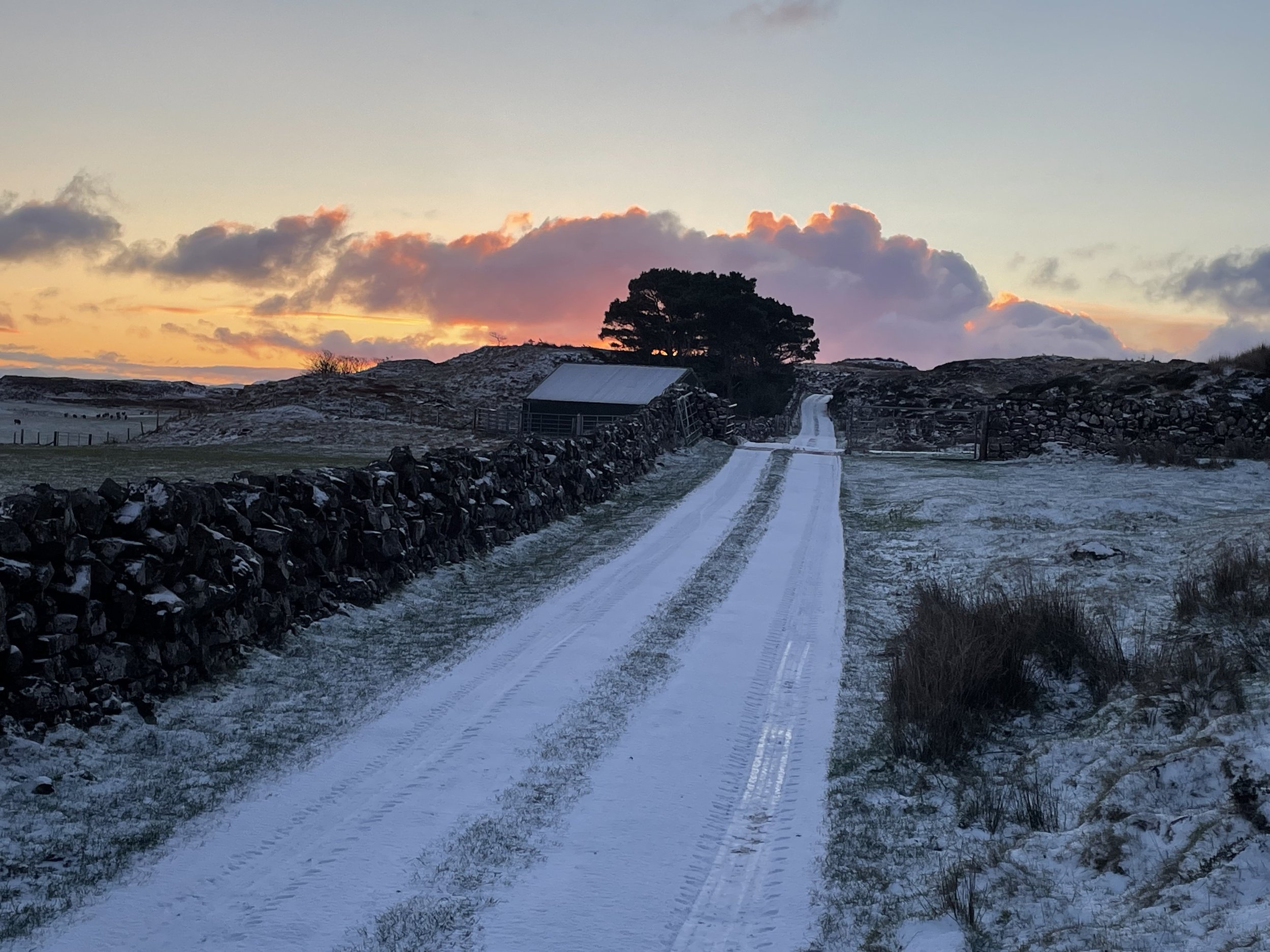
PHOTOGRAPHY
The Isle of Muck has long been a favoured location for professional and amateur photographers alike. With spectacular views in every direction, rugged shorelines and colourful sunsets over the Atlantic, it offers a wealth of photography opportunities. The island’s compact size—only about 2.5 miles long—makes it easy to explore on foot and its remoteness means little light pollution, making it an incredible spot for astrophotography as well.
Top Photography Locations on the Isle of Muck
If you're planning a photography trip to Muck, here are some of the island’s most photogenic spots:
1. Gallanach Bay – A stunning beach on the west coast with white sands and turquoise waters, offering dramatic sunset shots and reflections.
2. Camas Mòr – A secluded bay with rugged cliffs and beautiful tidal patterns, ideal for capturing long exposure seascapes.
3. Beinn Airein – The highest point on the island provides panoramic views over the Small Isles, including Eigg and Rum, making it perfect for sunrise and sunset photography.
4. Port Mor – The island’s main settlement offers coastal scenes with traditional island life.
5. Horse Island Viewpoint – Looking out over the uninhabited Horse Island, this spot is great for wildlife photography, with opportunities to capture seabirds, seals, and even occasional otters. The island is home to an abundance of birdlife and the surrounding waters provide the chance to photograph seals, dolphins, and even minke whales during the summer months. Patience and a good telephoto lens will reward you with spectacular wildlife shots.
Practical Tips for Photographers Visiting Muck
Best Time to Visit: Spring and autumn provide the best light and dramatic skies. Summer offers extended golden hours, while winter delivers moody, atmospheric conditions.
Getting There: Muck is accessible by ferry from Mallaig via Caledonian MacBrayne or Arisaig via Arisaig Marine. Check out our travel section for more information.
Equipment: A tripod is essential for long exposure shots, and a wide-angle lens will capture the island’s sweeping landscapes. A telephoto lens is useful for wildlife photography.





![Cultivation,_Isle_of_Muck_2007[1]pearce.JPG](https://images.squarespace-cdn.com/content/v1/677d9859a4afe0743d7d11c4/3bba91e6-22ed-4eee-b4c6-8d3886b46767/Cultivation%2C_Isle_of_Muck_2007%5B1%5Dpearce.JPG)

















